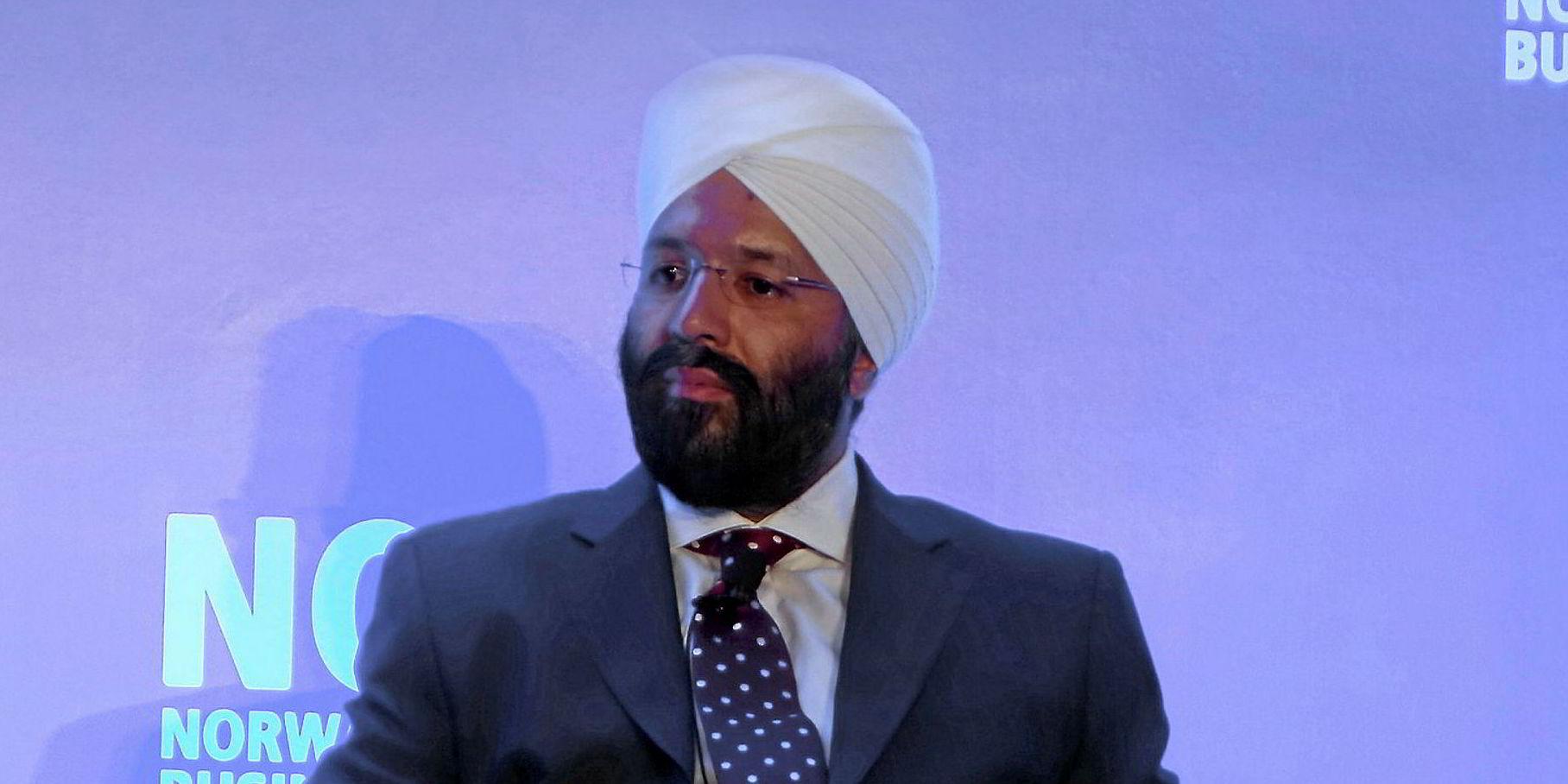BHP is expanding the use of drones to its ocean freight operations in a move it claims is providing “enormous safety benefits and efficiency gains”.
The Aussie mining giant, which was an early adopter of drones across its mine sites, said it sees the potential for drones to be a key part of a tablet-based technological package, incorporating artificial intelligence that provides captains a “digital view of their ship”.
“All of our chartered ships receive a tablet when they berth. And on the tablet they can read the tension of the mooring line which has major safety benefits,’’ says BHP’s vice president of marketing freight, Rashpal Bhatti.
“The question now is can the same tablet become a holistic technological package by also delivering ship hold inspection data, draft readings and other critical information captured by drones."
BHP chartered ships carry more than 300mt of iron ore, coal and copper globally annually, carrying out more than 1,500 voyages.
In the ocean freight business, BHP says there are "clear and immediate advantages" from using drones in the inspection of holds and in the taking of draft readings.
“Then there is their nimbleness in the seemingly simple but important task of advising the ship’s bridge on the water position of the rudder,” it says.
BHP says hold inspection reports will continue to be independent assessments but the use of drones promises to “cut inspection times per hold from an hour to 15 minutes”.
Bhatti says drones allow the company to capture 4K images, but also infra-red, while other types of cameras can show cracks or other specific parameters that cannot be seen with the naked eye.
“There are basically three or four types of ships with hold sizes about the same. So once you program a drone to go in to a certain ship, it can become an autonomous process,’’ says Bhatti.
“So you have a better way to assess the condition of the hold, and you are removing a person from a potentially hazardous situation.”
BHP says it is also testing the use of drones to improve the safety, time and cost of ship draft readings, a task usually carried out from a boat when the ship is berthed and ready for a cargo.
However, Bhatti says one of the logistical challenges to overcome is to get the drones on ships when they are offshore at anchorage, as distinct from being berthed.
“We are working with ship owners on this and other ways to use technology to improve safety and productivity,’’ he said.




